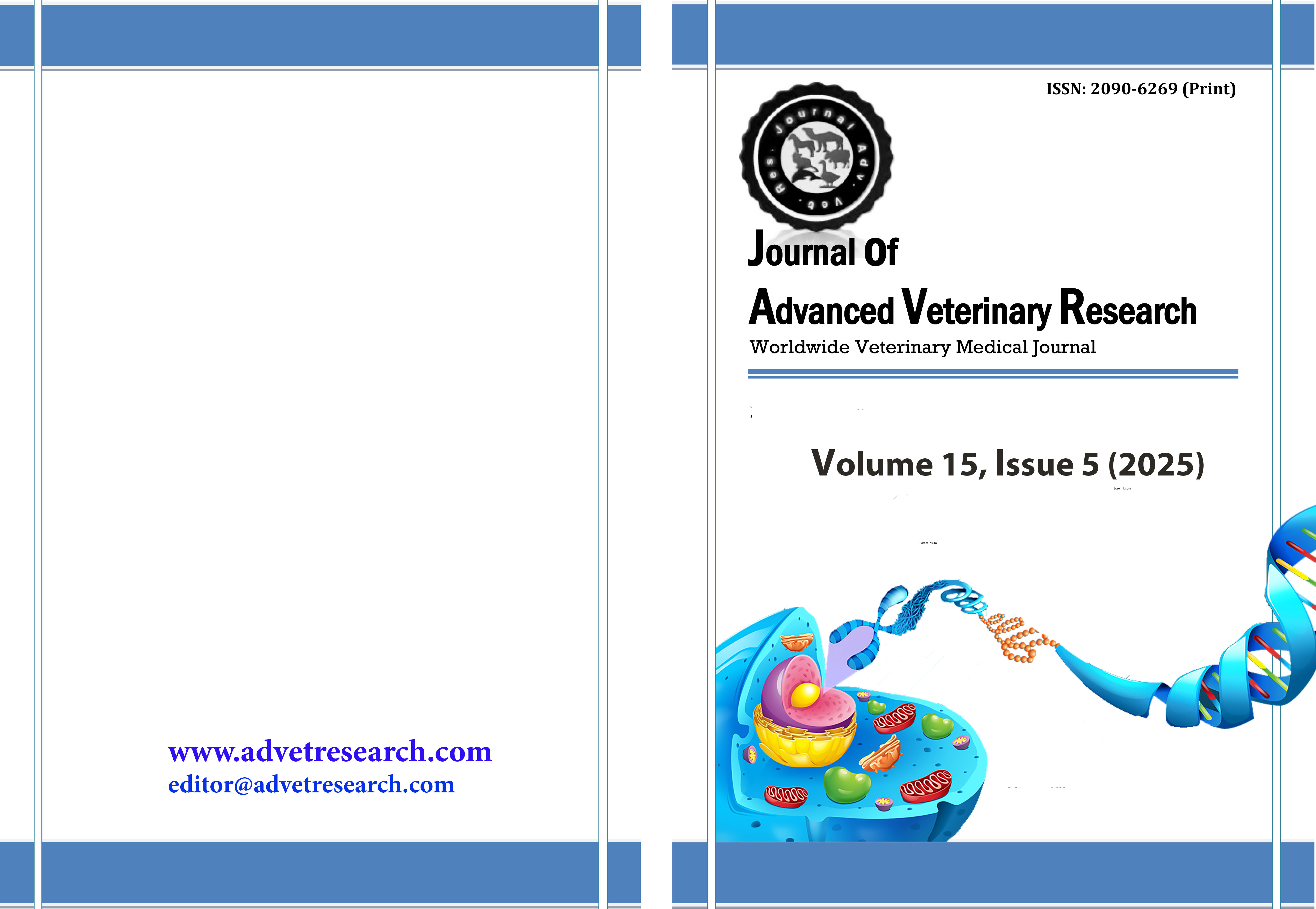Impact of fermented Physalis angulata filtrate and Lactobacillus acidophilus on intestine ecology, morphology and broiler carcass quality
Keywords:
Broilers, carcass quality, Ecology, Fermented fruit filtrate, Intestinal morphologyAbstract
The purpose of this study was to evaluate the effect of Physalis angulata fruit filtrate fermented with Lactobacillus acidophilus on intestinal ecology, small intestine morphology and carcass quality of broilers. A total of 280 Day Old Chick broilers (unsex) were randomly divided into 4 treatments with 7 replicates of 10 chickens each. The treatments included T0 (control), T1 (1% Physalis angulata fruit filtrate), T2 (1% L. acidophilus), and T3 (1% fermented Physalis angulata fruit filtrate). Treatments were administered daily through drinking water from day 1 to day 32. Observed parameters included the counts of lactic acid bacteria (LAB) and coliforms, small intestine morphology, carcass characteristics, and broiler meat quality. Data were analyzed using a Completely Randomized Design. The result show that T3 significantly optimized feed efficiency compared to the other treatments (p<0.05). The total lactic acid bacteria in the cecum were higher in T2 and T3 treatments compared to T0 and T1 (p<0.05). However, the treatments did not result in significant differences in the number of coliforms, small intestine morphology, carcass characteristics, meat pH, meat color, and chemical composition of broiler meat (p>0.05), except for a lower percentage of abdominal fat in T2 and T3 treatments (p<0.05) and higher moisture content in breast meat in T2 (p<0.05). In conclusion: fermented Physalis angulata fruit filtrate can improve feed efficiency, cecal LAB population, reduce abdominal fat, and increase breast meat moisture content, indicating that supplementation with Physalis angulata fruit filtrate, L. acidophilus, and their fermentation has potential as a feed additive for broilers.
Downloads
Published
How to Cite
Issue
Section
License
Copyright (c) 2025 Journal of Advanced Veterinary Research

This work is licensed under a Creative Commons Attribution-NonCommercial-NoDerivatives 4.0 International License.
Users have the right to read, download, copy, distribute, print, search, or link to the full texts of articles under the following conditions: Creative Commons Attribution-NonCommercial-NoDerivatives 4.0 International (CC BY-NC-ND 4.0).
Attribution-NonCommercial-NoDerivs
CC BY-NC-ND
This work is licensed under a Creative Commons Attribution-NonCommercial-NoDerivatives 4.0 International (CC BY-NC-ND 4.0) license




